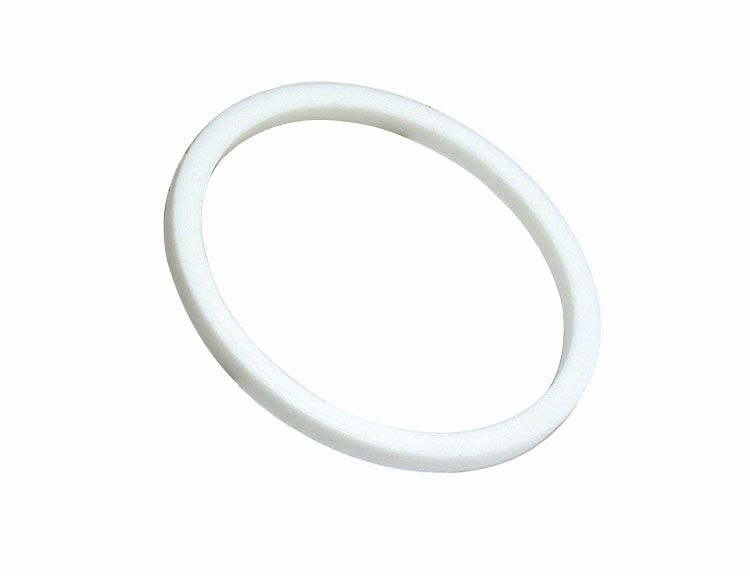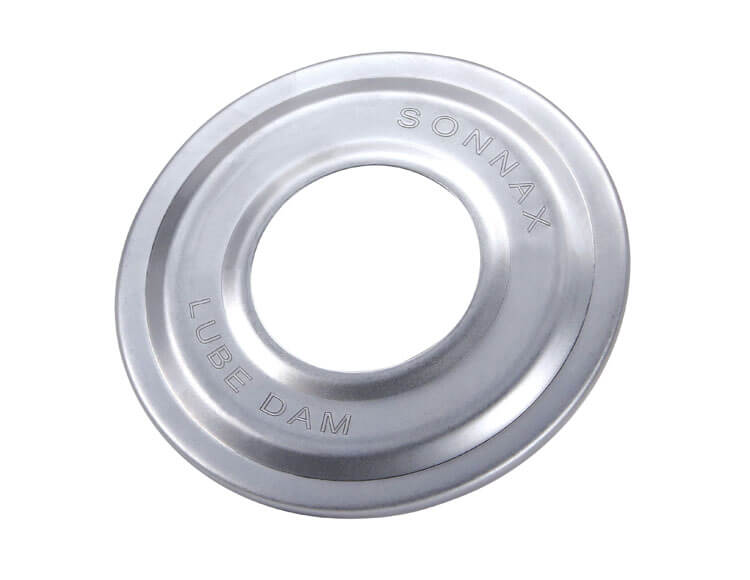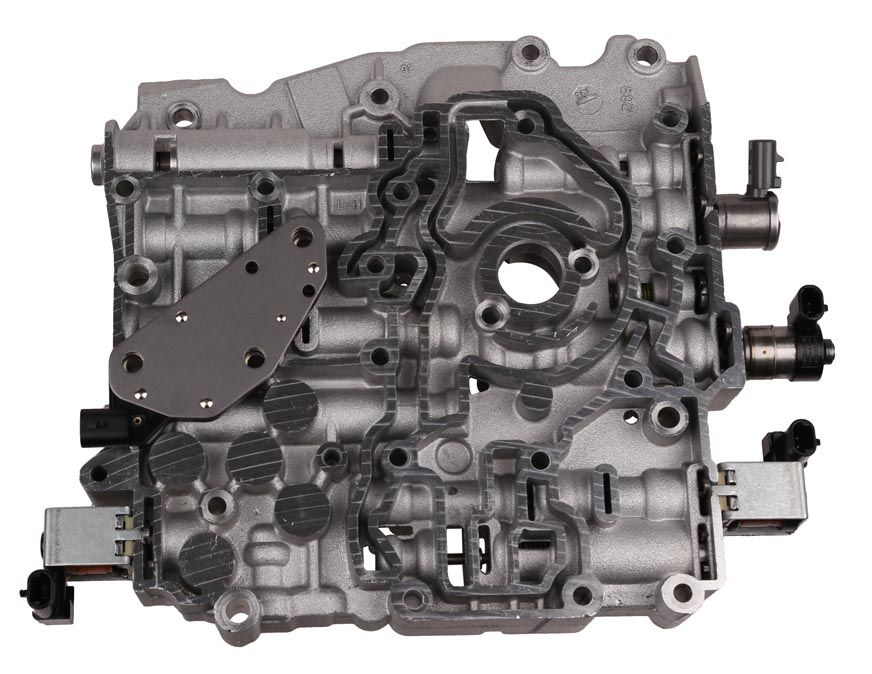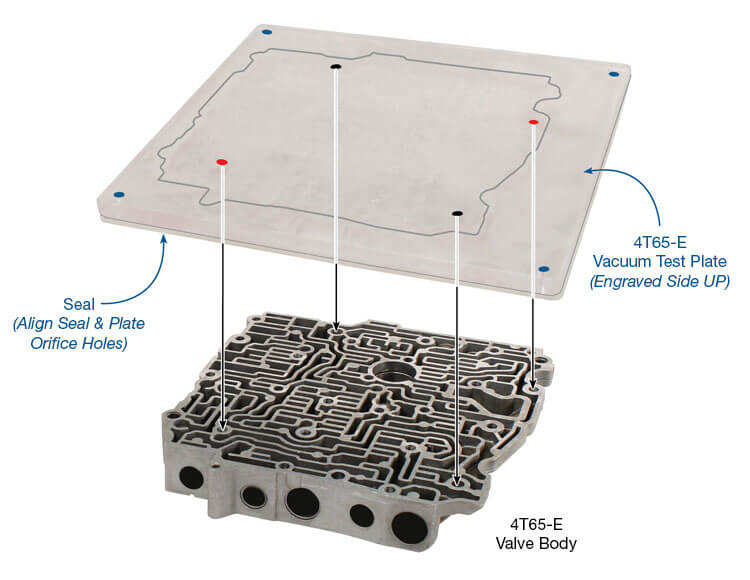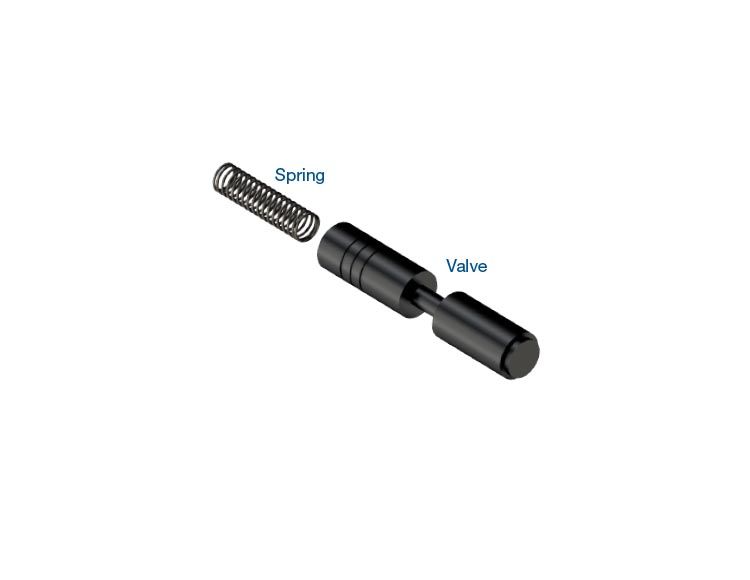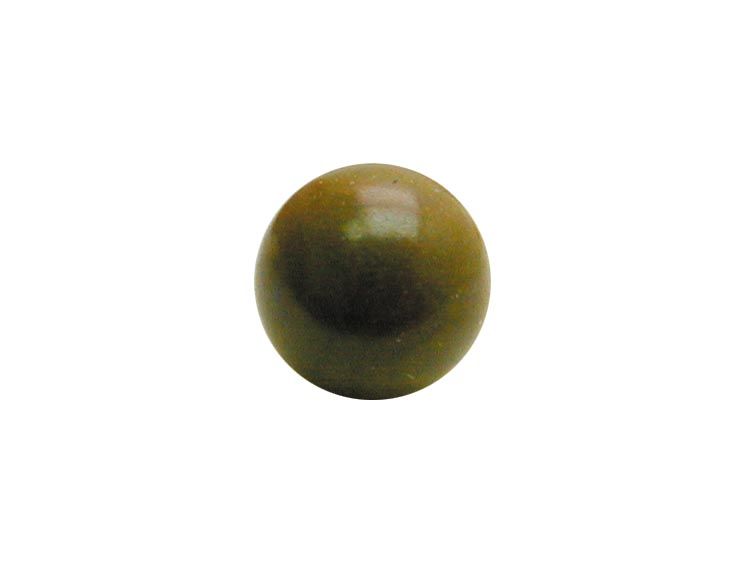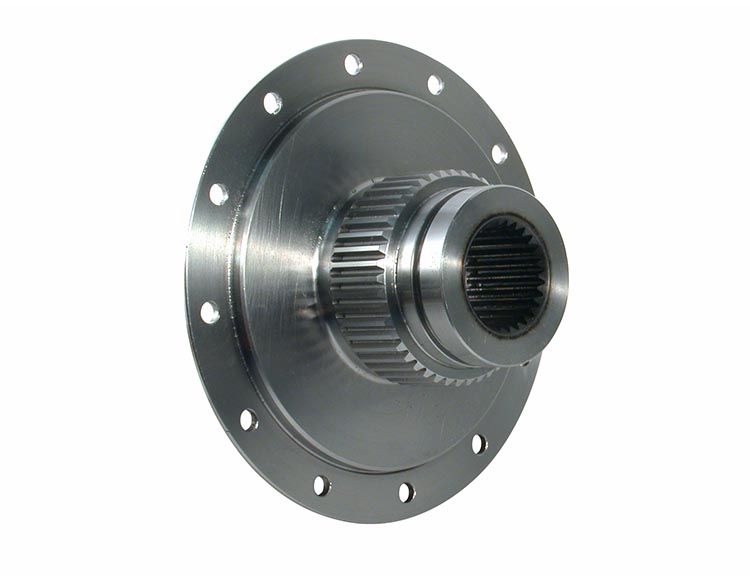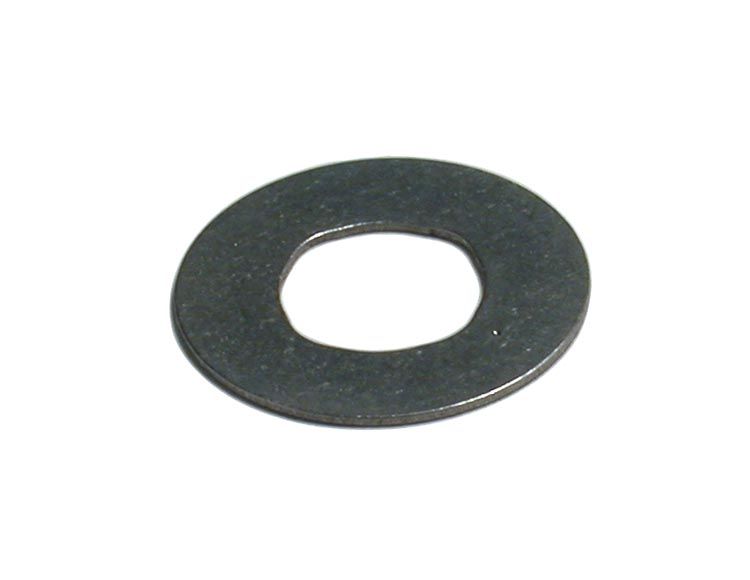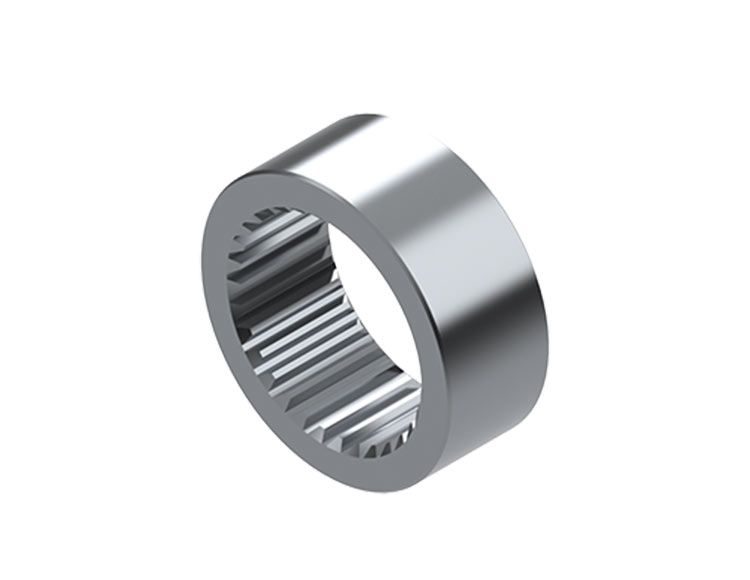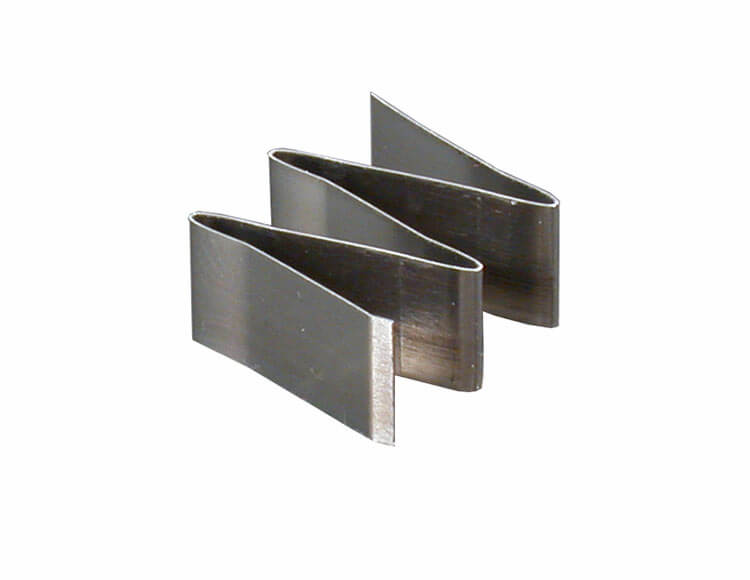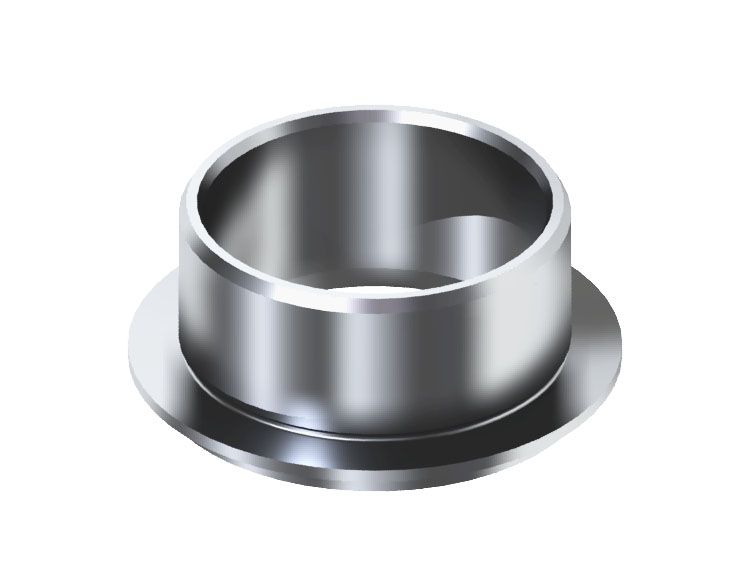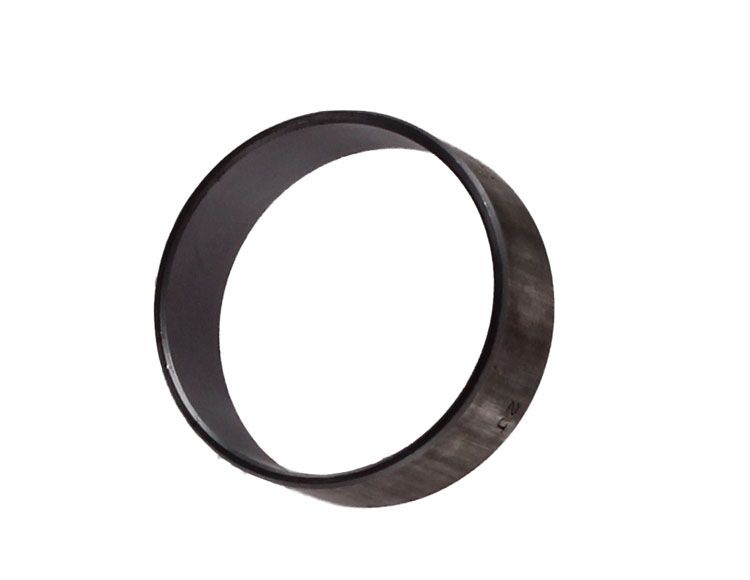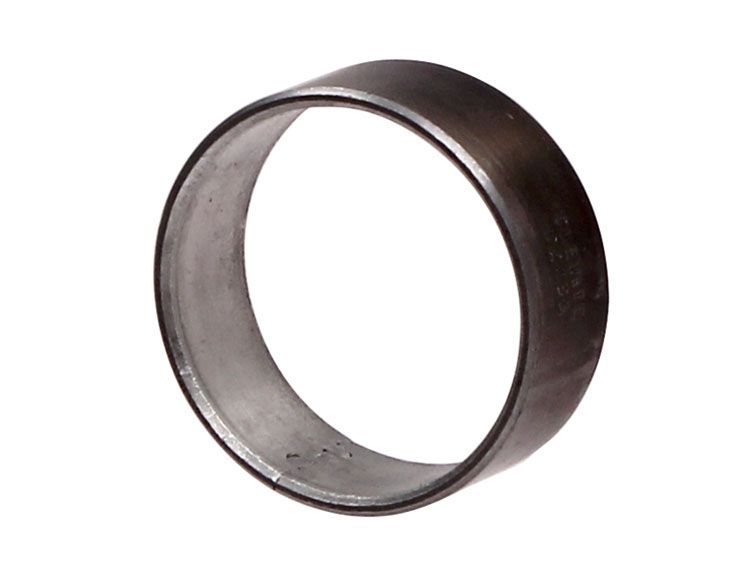You searched for "4t65".
4T65-E
Remanufactured Valve Body GM034
with Holley EPC, 3-Piece Pump
This part has been discontinued.Channel Plate GM171
- 4T65-E
- '97-'02, GM-Style, One Blow-Off Ball, Channel Plate Casting #24211900
Channel Plate GM172
- 4T65-E
- Mid-'02-Later, GM-Style, Two Blow-Off Balls, Channel Plate Casting #24224086 or 24229721
Channel Plate GM173
- 4T65-E
- Mid-'02-Later, GM-Style, One Blow-Off Ball, Channel Plate Casting #24224896
Channel Plate GM174
- 4T65-E
- '99-'02, Volvo and GM Tap Shift-Style, Two Blow-Off Balls, Channel Plate Casting #24213496
Channel Plate GM175
- 4T65-E
- '03-Later, Volvo and GM Tap Shift-Style, Two Blow-Off Balls, Channel Plate Casting #24224897 or 24229720
4T65-E
Remanufactured Valve Body GM035
’97–’02
This part has been discontinued.Line Pressure Booster 44957-LB2
- 45RFE
- 545RFE
- For gas units only.
Line Pressure Booster Kit 44957-LB1
- 545RFE
- 68RFE
- For diesel units only.
Accordion Spring GM-S-10
- 258mm LU (4L60-E, 5L40-E)
- 258mm LU (4T65-E)
- 265mm LU (4T60-E, 4T80-E)
